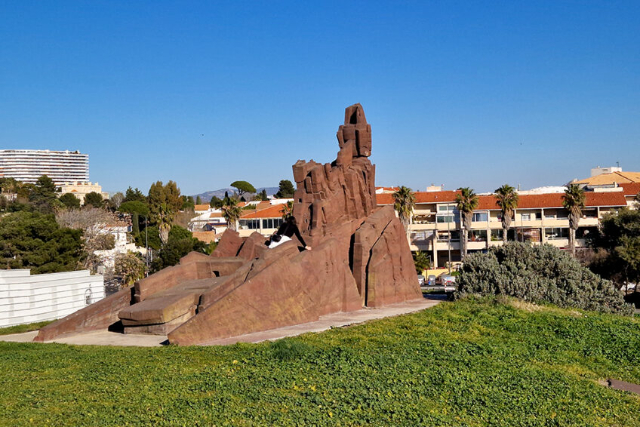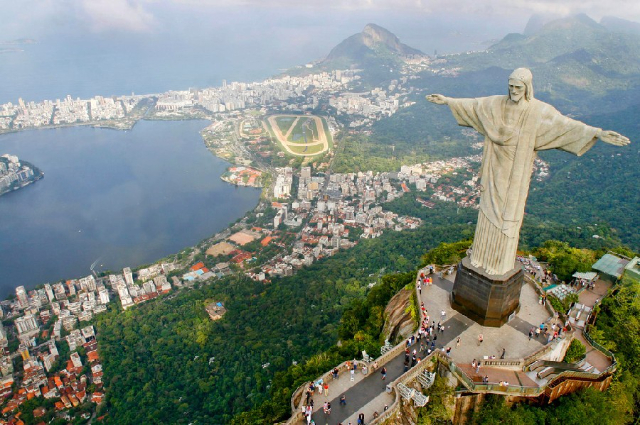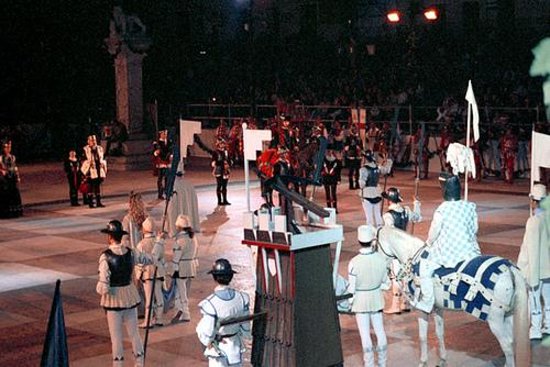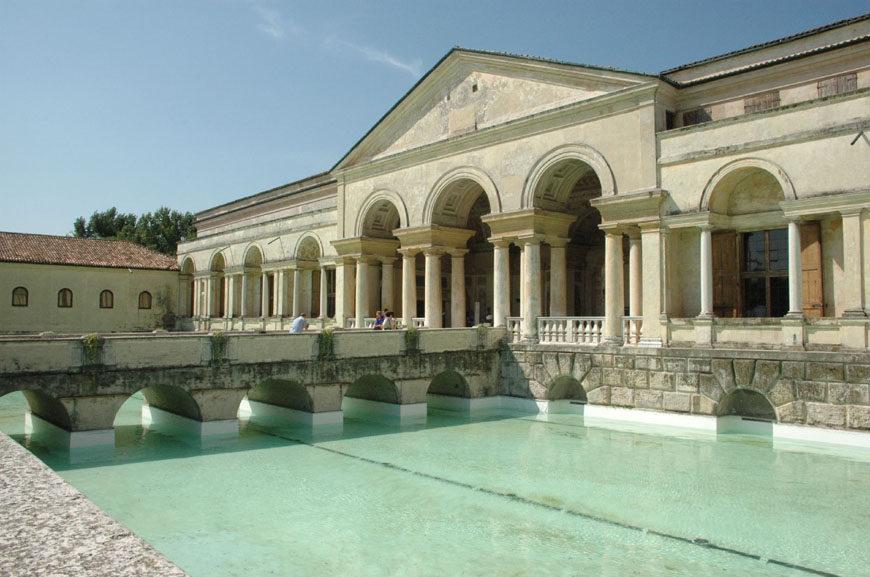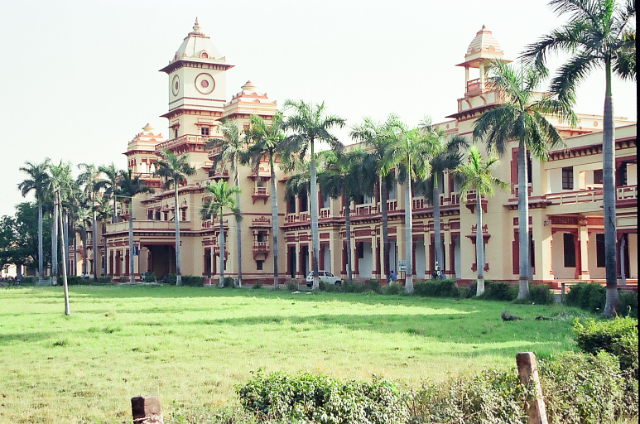On the campus of the Inter-University Centre for Astronomy and Astrophysics (IUCAA), sits the statue of Aryabhata, heralded as one of India’s first mathematicians and astronomers. Aryabhatta developed several incredibly useful equations, such as the equation to find the area of a triangle. Aryabhatta also developed the concept of zero. Aryabhata was born in the region lying between Narmada and Godavari, which was known as Ashmaka and is now identified with Maharashtra, though early Buddhist texts describe Ashmaka as being further south, dakShiNApath or the Deccan, while still other texts describe the Ashmakas as having fought Alexander, which would put them further north. Other traditions in India claim that he was from Kerala and that he traveled to the North, or that he was a Maga Brahmin from Gujarat.
However, it is fairly certain that at some point he went to Kusumapura for higher studies, and that he lived here for some time. Bhāskara I (629 C.E.) identifies Kusumapura as Pataliputra (modern Patna). Kusumapura was later known as one of two major mathematical centers in India (Ujjain was the other). He lived there in the waning years of the Gupta empire, the time which is known as the golden age of India, when it was already under Hun attack in the Northeast, during the reign of Buddhagupta and some of the smaller kings before Vishnugupta. Pataliputra was at that time capital of the Gupta empire, making it the center of communications network—this exposed its people to learning and culture from around the world, and facilitated the spread of any scientific advances by Aryabhata. His work eventually reached all across India and into the Islamic world.
His first name, “Arya,” is a term used for respect, such as "Sri," whereas Bhata is a typical north Indian name—found today usually among the “Bania” (or trader) community in Bihar.


